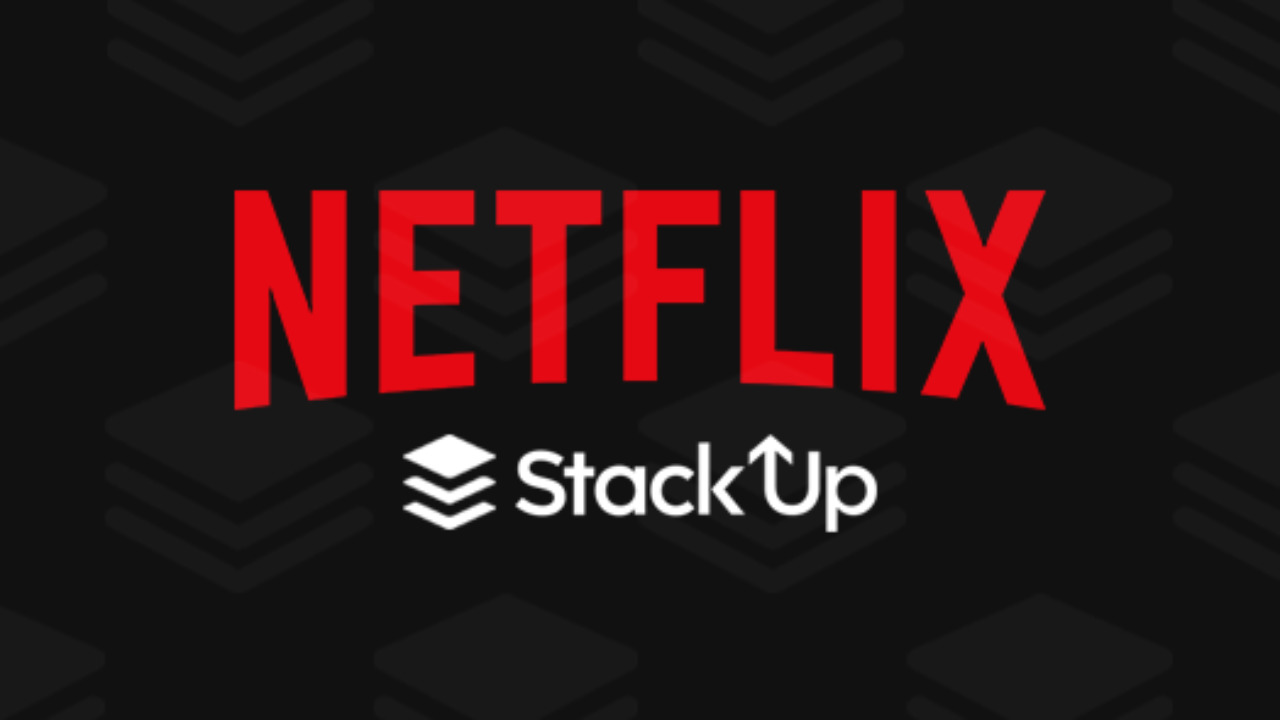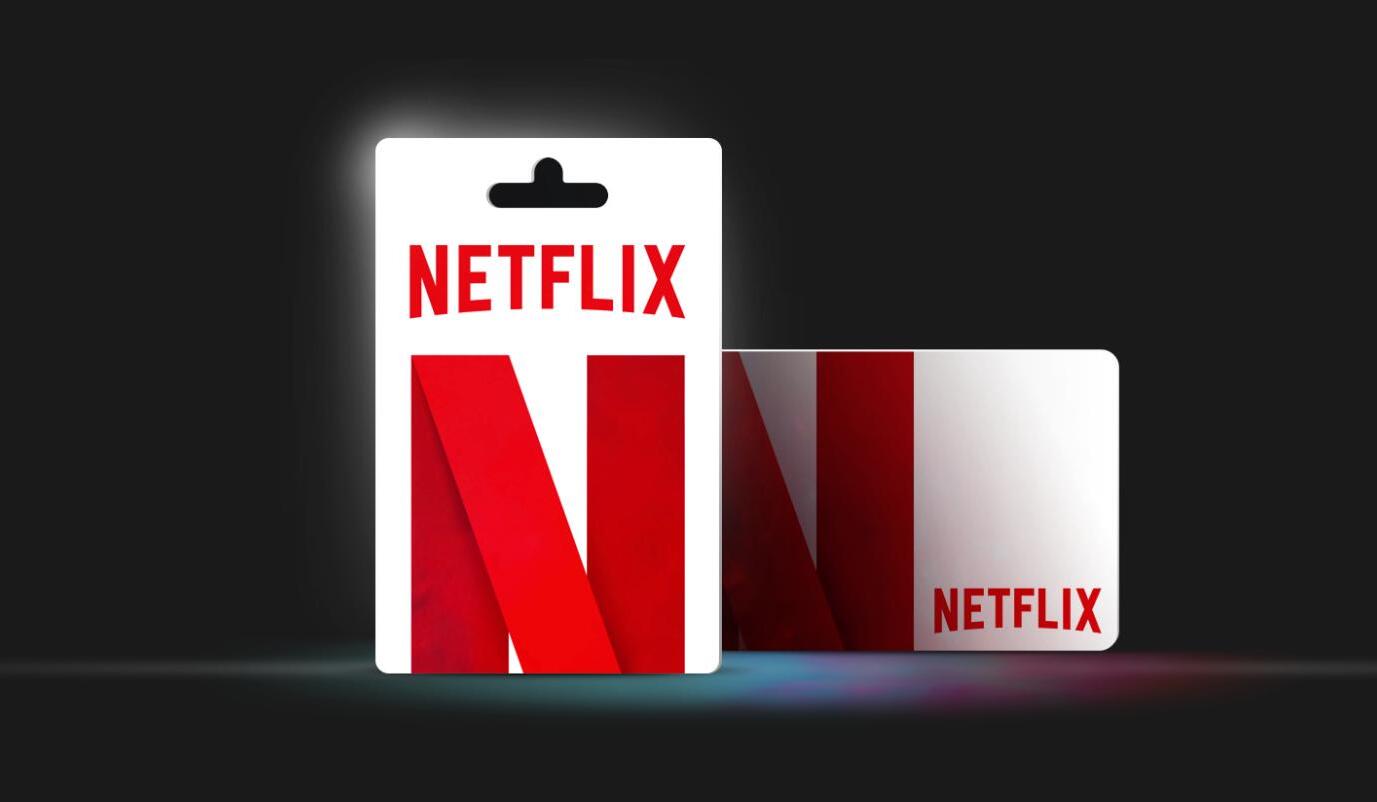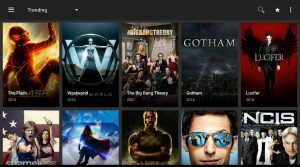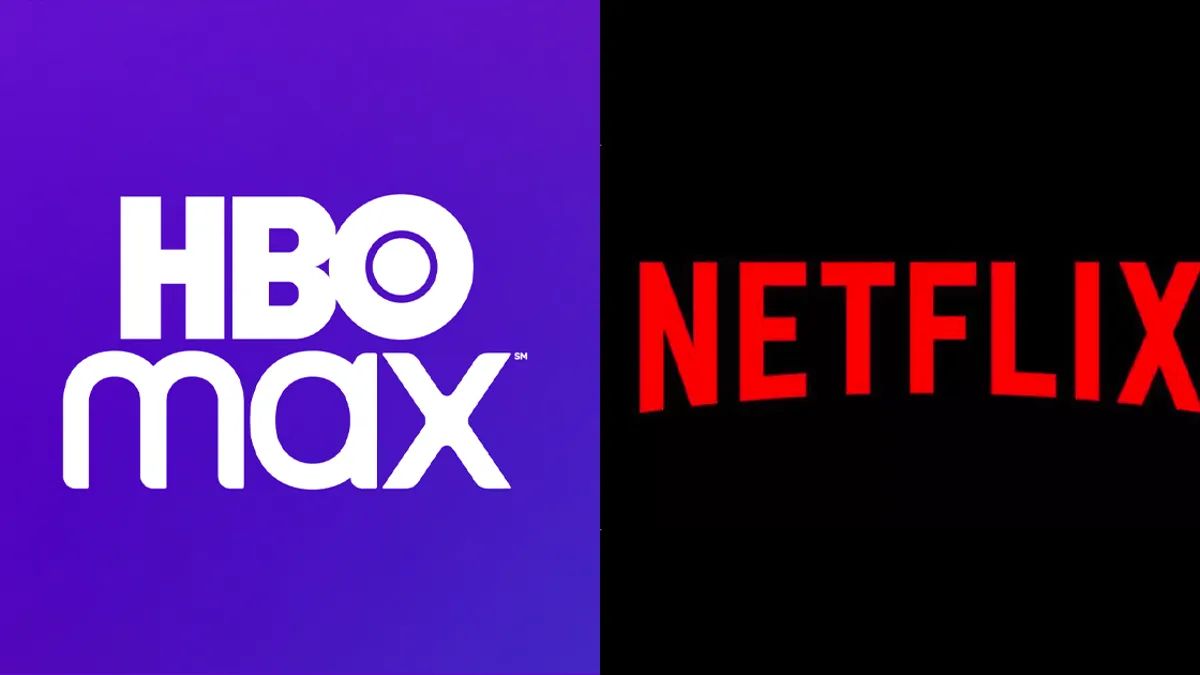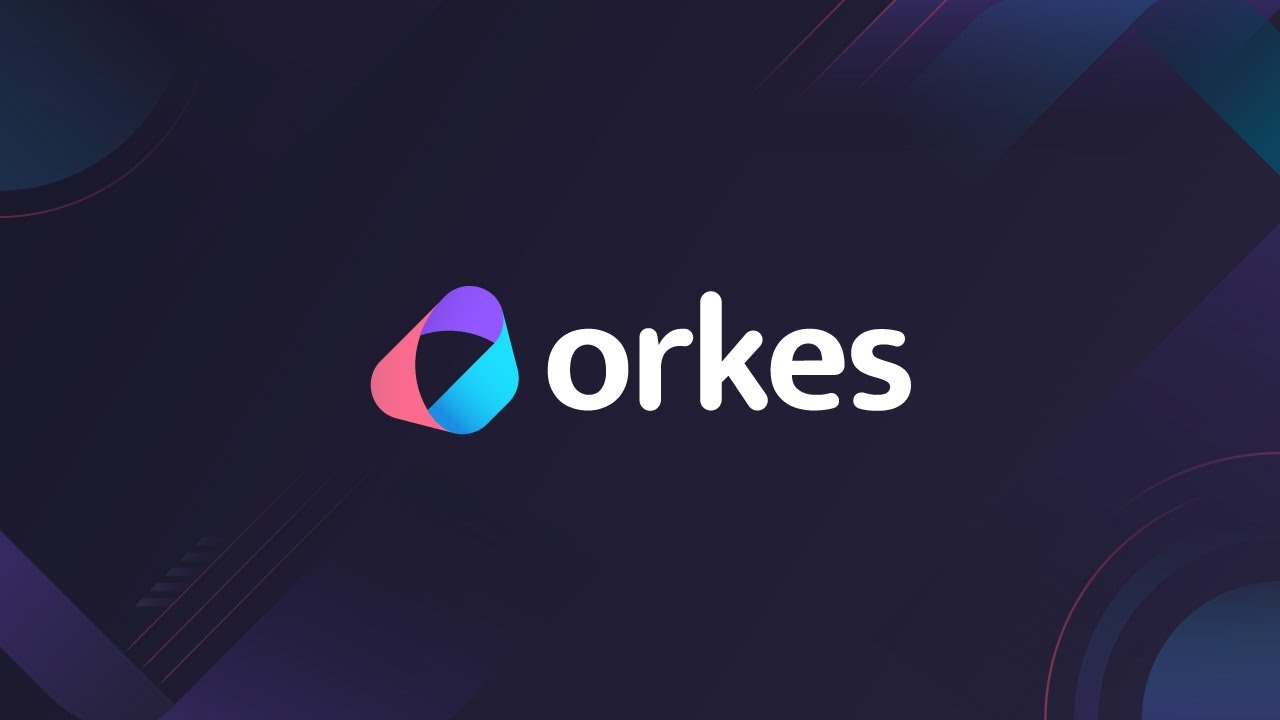Introduction
Netflix, the popular streaming platform, has revolutionized the way we consume entertainment. With millions of subscribers worldwide, it is no surprise that Netflix has become a household name. But have you ever wondered what technology stack powers this giant? In this article, we will delve into the foundational technologies and systems that make Netflix the streaming behemoth it is today.
The success of any streaming service depends on delivering high-quality content seamlessly to users across various devices. Netflix achieves this by employing a combination of cutting-edge technologies and a sophisticated infrastructure that ensures a smooth user experience.
Netflix Open Connect serves as the foundation for the platform’s content delivery system. This content delivery network (CDN) allows Netflix to distribute its vast library of movies, TV shows, and original content to users worldwide. By deploying custom-built Open Connect appliances in internet service providers’ data centers, Netflix can optimize the delivery of content, reducing buffering time and ensuring faster start times.
Behind the scenes, Netflix relies on a robust backend to power its operations. A microservices architecture forms the backbone of its infrastructure, enabling the platform to handle massive amounts of data and scale efficiently. Microservices, which are individual components of a larger application, allow for modularity, flexibility, and easy deployment. By breaking down its system into smaller, loosely coupled services, Netflix can update and modify specific functionalities without affecting the entire system.
A wide range of programming languages is utilized at Netflix, depending on the requirements and specific use cases of each service. Java, one of the most prevalent languages, is used for back-end development. Python is favored for data processing and analysis, and JavaScript for front-end development.
Netflix understands the importance of data in driving personalized recommendations and improving user experience. To process and analyze massive amounts of data, Netflix employs a robust data infrastructure that includes tools such as Apache Kafka, Apache Cassandra, and Apache Spark. These technologies enable real-time data processing, distributed data storage, and efficient analytics, helping Netflix make data-driven decisions.
The Foundation: Netflix Open Connect
At the heart of Netflix’s content delivery infrastructure lies Netflix Open Connect. This powerful system enables efficient and optimized content delivery to millions of subscribers worldwide.
Netflix Open Connect is a purpose-built content delivery network (CDN) that accelerates the distribution of Netflix’s vast library of movies, TV shows, and original content. It works by deploying custom-built servers, referred to as Open Connect appliances, in data centers of internet service providers (ISPs) across the globe.
By colocating these appliances within ISPs’ infrastructure, Netflix can ensure that the content is delivered as close to the end users as possible. This massively reduces the latency and buffering times, resulting in a seamless streaming experience for viewers.
The Open Connect appliances act as caching servers, storing frequently accessed content closer to the end users. When a viewer selects a movie or show, the content is delivered from the cache within the ISP’s network, minimizing the distance and network hops required to fetch the data.
This distributed caching infrastructure allows Netflix to handle tremendous amounts of traffic while providing a reliable streaming experience. It also helps in reducing the load on the broader internet, as most content requests are serviced from within the ISP’s network, rather than traversing multiple networks.
Netflix Open Connect is not limited to traditional ISPs’ data centers. The company has also partnered with various internet exchange points (IXPs) globally, where Open Connect appliances are deployed. By connecting directly to these high-bandwidth locations, Netflix can efficiently deliver content to viewers connected to these exchange points, further optimizing the streaming experience.
Furthermore, Netflix utilizes intelligent algorithms and analytics to optimize the content distribution process. The Open Connect appliances collect data on viewing patterns, network conditions, and user behavior, which is then used to optimize caching strategies and route content efficiently to different regions.
With Netflix Open Connect, the company has not only established a robust and efficient content delivery system but has also fostered partnerships with ISPs and IXPs to ensure that viewers worldwide can enjoy their favorite movies and shows without interruptions.
Backend Technologies
Netflix’s backend technologies form the foundation of its streaming platform, allowing for seamless content delivery, personalized recommendations, and efficient handling of massive amounts of data.
A microservices architecture is at the core of Netflix’s backend infrastructure. This architectural approach involves breaking down the platform’s functionality into independently deployable services. Each service focuses on a specific task, such as user authentication, content recommendation, or search functionality.
By adopting a microservices architecture, Netflix gains several advantages. Firstly, it allows for modularity, as each microservice can be developed, tested, and deployed independently. This flexibility enables teams to work on different services simultaneously without causing disruptions to the entire system.
Additionally, microservices enable scalability. The modular design allows Netflix to scale specific services based on demand, ensuring that the platform can handle increased traffic and user activity during peak times without compromising performance.
Netflix relies heavily on cloud infrastructure for its backend operations. The company predominantly uses Amazon Web Services (AWS) for its cloud computing needs. AWS provides a wide range of services that Netflix leverages to store and process data, deliver content, and handle user authentication.
One of the key backend technologies used by Netflix is Apache ZooKeeper. It is a centralized configuration management and coordination service that helps with service discovery, synchronization, and load balancing. ZooKeeper ensures that the various microservices within the infrastructure function together seamlessly and efficiently.
To handle the vast amounts of data generated by user activity, Netflix utilizes Apache Cassandra, a highly scalable and distributed NoSQL database. Cassandra allows for efficient read and write operations across multiple nodes, ensuring high availability and fault tolerance.
Furthermore, Netflix utilizes Apache Kafka, a distributed streaming platform, to handle real-time streaming of data. Kafka provides a scalable and fault-tolerant infrastructure for processing and streaming large volumes of data generated by user interactions, enabling Netflix to gather insights and deliver personalized recommendations.
Other backend technologies employed by Netflix include Elasticsearch for search functionality, Hystrix for fault tolerance, and Ribbon for client-side load balancing. These technologies work in harmony to ensure a reliable, fast, and personalized streaming experience for Netflix’s millions of users.
Microservices Architecture
One of the key components of Netflix’s technology stack is its microservices architecture. This architectural approach has been instrumental in enabling Netflix to scale its platform efficiently and deliver a seamless streaming experience to millions of users.
The microservices architecture employed by Netflix involves breaking down the platform’s functionalities into independently deployable services. Each service focuses on a specific task and operates as a separate entity. For example, there may be separate services for user authentication, content recommendation, search functionality, and billing.
By adopting a microservices approach, Netflix gains several benefits. Firstly, it allows for modularity, as each service can be developed, tested, and deployed independently. This modularity enables teams to work on different services simultaneously without causing disruptions to the entire system. It also facilitates easier maintenance and updates, as changes can be made to a specific service without affecting the overall platform.
Another advantage of microservices is scalability. Since each microservice operates independently, Netflix can scale specific services based on demand. If there is a surge in user activity or a need for additional resources for a particular service, only that service needs to be scaled, rather than the entire platform. This approach ensures optimal resource utilization and performance during peak usage times.
With the microservices architecture, Netflix also achieves resiliency and fault tolerance. If one microservice experiences an issue or fails, it does not bring down the entire platform. Each microservice can handle failures independently without impacting other services. This fault isolation allows for a more reliable and stable system.
Communication between microservices is essential for the overall functioning of the platform. Netflix employs various communication mechanisms, such as RESTful APIs and messaging protocols like Apache Kafka, to enable interactions between the microservices. These communication protocols ensure that data flows seamlessly between different services, allowing for real-time updates and coordination.
Additionally, Netflix incorporates automated testing, continuous integration, and deployment practices into its microservices architecture. This allows for faster development cycles, easier updates, and improved overall agility. With the ability to deploy changes to individual services independently, Netflix can test and roll out new features and updates more efficiently and with minimal disruptions in service.
The microservices architecture used by Netflix is a cornerstone of the platform’s success. By breaking down its functionalities into smaller, loosely coupled services, Netflix is able to achieve scalability, modularity, resilience, and fault tolerance. This architecture allows the platform to adapt to ever-growing user demands and deliver a seamless streaming experience to millions of viewers worldwide.
Programming Languages
Netflix utilizes a diverse range of programming languages to power its streaming platform, with each language serving a specific purpose based on the requirements and use cases of different services.
One of the primary languages used at Netflix is Java. Java is well-known for its robustness, scalability, and cross-platform compatibility, making it ideal for building the backend components of the platform. Many of Netflix’s core services, such as the content delivery system, user authentication, and recommendation engine, are developed in Java. This language’s mature ecosystem, extensive libraries, and strong community support make it a reliable choice for handling complex backend operations.
Python is another language heavily utilized by Netflix, particularly for data processing and analysis. Python’s simplicity, readability, and extensive data science libraries, such as Pandas and NumPy, make it the language of choice for data scientists and engineers at Netflix. Python enables the processing of vast amounts of data, allowing for real-time analytics and personalized recommendations.
For front-end development, Netflix relies on JavaScript. JavaScript is the predominant language for building interactive and dynamic user interfaces on the web. Netflix uses JavaScript frameworks like React.js to create responsive and engaging user experiences. With the rise of mobile and other devices, JavaScript’s versatility and compatibility across platforms have made it an essential language for Netflix’s front-end development.
Furthermore, Netflix also utilizes other programming languages for specific use cases. For example, Scala, a language that blends object-oriented and functional programming paradigms, is used in some of Netflix’s data processing and analytics pipelines. Scala’s compatibility with the Java Virtual Machine (JVM) and its ability to handle large-scale data processing make it advantageous in certain scenarios.
While these are the primary programming languages used at Netflix, the company is open to exploring new languages and technologies that can improve its platform’s performance and enhance the user experience. Netflix emphasizes choosing the best language for the job, based on factors such as scalability, maintainability, and community support.
By leveraging a diverse set of programming languages, Netflix is able to build a robust and flexible streaming platform that can handle the complexities of content delivery, data processing, and user interactions. The selection of the right programming languages enables Netflix to optimize performance, efficiency, and innovation, ultimately delivering a seamless streaming experience to millions of viewers around the world.
Data Infrastructure
Data plays a crucial role in driving decisions and improving user experience at Netflix. To handle the massive amounts of data generated by user interactions, Netflix has built a robust data infrastructure that enables efficient storage, processing, and analysis.
At the heart of Netflix’s data infrastructure is its data lake, a centralized repository that stores and organizes vast amounts of structured and unstructured data. The data lake serves as a scalable and flexible solution for storing diverse data types, including user activity logs, metadata, and content information.
To ensure fast and efficient data retrieval, Netflix utilizes Apache Cassandra, a highly scalable and distributed NoSQL database. Cassandra’s ability to handle high read and write workloads across multiple nodes makes it suitable for storing and retrieving data at Netflix’s scale. Additionally, Cassandra’s fault-tolerant architecture ensures that the platform remains highly available even in the event of node failures.
Netflix also employs Apache Kafka, a distributed streaming platform, to handle real-time data streaming and processing. Kafka allows Netflix to collect and process vast volumes of data generated by user interactions in real-time. This real-time streaming capability enables Netflix to gain insights into user behavior, personalize recommendations, and make data-driven decisions.
For efficient data analysis, Netflix relies on Apache Spark, a powerful big data processing engine. Spark enables Netflix to perform complex data transformations, aggregations, and analytics at scale. With Spark, Netflix can process massive datasets quickly and derive valuable insights.
Netflix also leverages machine learning techniques to improve its recommendation system and personalize the user experience. The platform utilizes frameworks like TensorFlow and PyTorch to train and deploy machine learning models that can provide personalized recommendations based on user preferences, viewing habits, and similar user patterns.
Moreover, Netflix incorporates data governance and security measures into its data infrastructure. The platform ensures compliance with data protection regulations and employs encryption techniques to protect user data and maintain privacy.
By building a robust and scalable data infrastructure, Netflix can effectively handle and analyze vast amounts of data. This infrastructure enables the platform to gain insights, deliver personalized recommendations, and continuously improve the user experience for its millions of subscribers.
Big Data Processing
As a global streaming platform with millions of subscribers and a vast library of content, Netflix deals with immense amounts of data on a daily basis. To effectively manage and process this data, Netflix employs various big data processing technologies and techniques.
One of the key technologies utilized by Netflix for big data processing is Apache Hadoop. Hadoop is an open-source framework that allows for the distributed processing of large datasets across clusters of computers. Netflix uses Hadoop to store and process massive volumes of data efficiently. By leveraging Hadoop’s distributed file system (HDFS) and MapReduce processing model, Netflix can handle data-intensive tasks at scale.
Netflix also utilizes Apache Spark, a powerful big data processing engine. Spark extends the capabilities of Hadoop’s MapReduce model by providing faster in-memory processing and interactive analytics. Spark enables Netflix to perform complex data transformations, aggregations, and analytics in a more efficient and timely manner.
For real-time data processing, Netflix relies on technologies such as Apache Kafka and Apache Flink. Kafka is a distributed streaming platform that enables the ingestion and processing of high-velocity, real-time data streams. It allows Netflix to handle and process real-time event data, such as user interactions and content metadata, to drive real-time analytics and decision-making.
Flink, on the other hand, is a stream processing framework that enables high-throughput, low-latency processing of real-time data streams. Netflix uses Flink to perform real-time analytics on data streams, facilitating dynamic content recommendations and personalization based on user preferences and behavior.
To efficiently query and analyze massive datasets, Netflix leverages Presto, an open-source distributed SQL query engine. With Presto, Netflix can query data stored in various data sources, including Hadoop, Cassandra, and others, using standard SQL syntax. Presto’s ability to handle ad-hoc queries and its lightning-fast query execution speed make it a valuable tool for data analytics at Netflix.
Additionally, Netflix embraces machine learning techniques for big data processing. The platform utilizes frameworks like TensorFlow and PyTorch to train and deploy machine learning models that enhance various aspects of its operations, including content recommendation, user engagement prediction, and content optimization.
By employing a combination of these big data processing technologies, Netflix can effectively handle and derive insights from its massive datasets. These technologies enable Netflix to deliver personalized recommendations, improve content discovery, and continuously enhance the user experience.
Content Delivery
As a leading global streaming platform, Netflix places great emphasis on delivering content to its users efficiently and seamlessly. The content delivery infrastructure at Netflix is designed to ensure that viewers can access their favorite movies and TV shows without interruptions or delays.
Netflix employs a combination of technologies and strategies to optimize content delivery and reduce buffering time. At the forefront of its content delivery system is Netflix Open Connect, a purpose-built content delivery network (CDN). Open Connect utilizes custom-built servers known as Open Connect appliances that are deployed in data centers around the world. By colocating these appliances within the infrastructure of internet service providers (ISPs), Netflix can deliver content directly from within the ISP’s network, reducing the distance and network hops that data has to travel.
This distributed infrastructure allows Netflix to achieve low latency and high bandwidth, resulting in faster start times and smoother streaming experiences for users. Additionally, the Open Connect appliances act as caching servers, storing frequently accessed content closer to the end users. This caching mechanism reduces the load on the broader internet and enables faster content delivery.
In addition to Open Connect, Netflix has established partnerships with a variety of internet exchange points (IXPs) globally. By deploying Open Connect appliances directly at these exchange points, Netflix can efficiently deliver content to viewers who are connected to these high-bandwidth locations. This approach ensures that users receive content quickly and reliably, regardless of their geographical location.
Netflix also makes use of adaptive streaming technologies, such as Dynamic Adaptive Streaming over HTTP (DASH) or HTTP Live Streaming (HLS). These streaming protocols dynamically adjust the quality and resolution of the video stream based on the viewer’s network conditions, ensuring smooth playback without buffering interruptions. By adapting to varying network conditions in real-time, Netflix can deliver a consistent viewing experience across different devices and network speeds.
To further enhance content delivery, Netflix employs sophisticated algorithms that optimize the selection of video quality based on the viewer’s available bandwidth. This ensures that viewers receive the best possible streaming experience without exceeding their available network capacity.
Furthermore, Netflix continuously monitors network conditions and makes routing decisions in real-time to optimize content delivery. This includes routing content through paths with lower latency and avoiding network congestion to ensure that viewers receive content without delays.
By utilizing these content delivery strategies and technologies, Netflix has built a robust infrastructure that provides fast, reliable, and high-quality streaming to millions of viewers globally. The combination of Open Connect, adaptive streaming protocols, and intelligent routing and caching mechanisms helps to ensure that users can enjoy their favorite shows and movies with minimal interruptions.
User Interfaces
At Netflix, delivering an intuitive and visually appealing user interface is crucial to providing a seamless and enjoyable streaming experience. The user interfaces at Netflix are designed to be responsive, engaging, and accessible across various devices.
Netflix primarily relies on web-based user interfaces that utilize HTML, CSS, and JavaScript technologies. The use of these web technologies allows Netflix to create interfaces that can be accessed through web browsers on desktops, laptops, and mobile devices.
One of the key frameworks used by Netflix for building web interfaces is React.js. React.js is a JavaScript library that enables developers to build dynamic and interactive user interfaces. It facilitates the creation of reusable UI components, making it easier to maintain and update the interface as Netflix introduces new features or design changes.
Netflix’s user interfaces are designed with a focus on simplicity and usability. The interface allows users to easily navigate through the extensive library of content, search for specific titles, and access personalized recommendations. The layout and design elements are optimized to ensure a smooth and intuitive user experience, regardless of the device being used.
Personalization is a key aspect of Netflix’s user interfaces. The platform utilizes machine learning algorithms to analyze user preferences, viewing history, and interactions to generate personalized recommendations. These recommendations are prominently displayed on the user interface, making it easier for users to discover content tailored to their interests.
Netflix also focuses on accessibility in its user interfaces, ensuring that people with disabilities can navigate and enjoy the platform. The interface adheres to web accessibility standards, utilizing features like alt text for images, providing keyboard navigation options, and ensuring compatibility with screen readers. This commitment to accessibility ensures that every user can have an inclusive streaming experience.
Furthermore, Netflix has expanded its user interface beyond web-based platforms, developing dedicated applications for various devices, including smart TVs, streaming devices, gaming consoles, and mobile devices. These applications are designed to provide a seamless user experience tailored to the specific capabilities and features of each device.
Netflix’s user interfaces are continuously evolved and refined based on user feedback and extensive testing. By combining cutting-edge technologies, user-centric design principles, personalization, and accessibility, Netflix has created user interfaces that simplify content discovery, enhance engagement, and contribute to an enjoyable streaming experience for millions of viewers worldwide.
Cloud Infrastructure
Netflix’s cloud infrastructure is a critical component that enables the platform to scale seamlessly, handle high traffic, and deliver content reliably to millions of users worldwide. By leveraging cloud computing, Netflix gains flexibility, scalability, and cost efficiencies that are crucial for its success.
The primary cloud services provider used by Netflix is Amazon Web Services (AWS). Netflix migrated its infrastructure to AWS in 2008, and since then, AWS has played a significant role in supporting Netflix’s rapid growth. AWS offers a wide range of services that Netflix utilizes to build and manage its cloud infrastructure.
An essential service provided by AWS is Amazon Elastic Compute Cloud (EC2), which allows Netflix to spin up virtual servers or instances on-demand as per the computing needs. This elasticity enables Netflix to scale its infrastructure up or down based on demand, ensuring optimal resource utilization.
Netflix also leverages AWS auto-scaling capabilities that automatically add or remove EC2 instances based on pre-defined scaling policies. This enables Netflix to handle traffic spikes during peak usage and minimize costs during periods of low demand.
To store and manage its vast amount of data, Netflix utilizes AWS Simple Storage Service (S3). S3 provides scalable and durable object storage, allowing Netflix to store and retrieve large volumes of content, metadata, and user data reliably. The use of S3 ensures data durability and high availability, critical for maintaining a seamless streaming experience.
Netflix takes advantage of AWS managed database services, such as Amazon DynamoDB and Amazon RDS, for its database needs. DynamoDB is a fully managed NoSQL database that offers scalability, low latency, and high-performance. RDS is used for relational database management systems, providing managed instances of popular databases like MySQL and PostgreSQL.
AWS Lambda is another service employed by Netflix for serverless computing, helping automate various tasks and workflows. Netflix utilizes Lambda functions for event-driven tasks, allowing for efficient resource utilization and cost savings.
Netflix’s cloud infrastructure also incorporates containerization technology. The company uses Docker containers along with AWS Elastic Container Service (ECS) and Kubernetes for container orchestration and management. Containerization facilitates easy deployment, scalability, and portability of Netflix’s microservices across different environments.
Furthermore, Netflix emphasizes security in its cloud infrastructure. The platform employs AWS Identity and Access Management (IAM) to control access to its resources and uses encryption to protect sensitive user data and content.
By leveraging the capabilities of AWS and other cloud services, Netflix has built a resilient, scalable, and cost-effective infrastructure. This cloud infrastructure allows Netflix to adapt to the ever-increasing demands of streaming, deliver uninterrupted content, and provide a seamless streaming experience to its global audience.
Security
Security is a top priority for Netflix, as the platform handles vast amounts of user data and content. To safeguard user privacy and protect against potential threats, Netflix employs a comprehensive security framework across all aspects of its technology stack.
Netflix follows industry best practices and adheres to rigorous security standards to ensure the confidentiality, integrity, and availability of user data. The platform employs encryption techniques to protect sensitive information, both in transit and at rest. Secure Sockets Layer/Transport Layer Security (SSL/TLS) protocols are used to encrypt data during transmission, preventing eavesdropping and data interception.
Netflix also emphasizes strong authentication and access control mechanisms to protect user accounts. Two-factor authentication (2FA) is available as an additional layer of security, requiring users to provide a second form of verification, such as a mobile authentication app or a text message code, along with their password.
Netflix’s cloud infrastructure is secured using various AWS security services and features. These include AWS Identity and Access Management (IAM), which enables fine-grained control over access to AWS resources, and AWS Key Management Service (KMS), which allows for secure storage and management of encryption keys.
The platform employs a layered approach to security, incorporating multiple security controls at different levels. Netflix employs network security measures such as firewalls, intrusion detection systems, and distributed denial-of-service (DDoS) mitigation technologies to protect against external threats.
Netflix also conducts regular security assessments, vulnerability testing, and penetration testing to identify and address any potential security vulnerabilities. Automated tools and manual review processes are utilized to ensure that the platform remains secure and resilient against emerging threats.
Furthermore, Netflix maintains a robust incident response and monitoring system to detect and respond to any security incidents. Security event logs and data are continuously monitored, allowing for quick identification and resolution of any potential security breaches.
User privacy is of utmost importance to Netflix. The platform is compliant with privacy regulations and employs strict data handling policies. Netflix provides users with control over their data, allowing them to modify their privacy settings, clear viewing history, and manage account preferences.
In addition to protecting user data, Netflix also focuses on content security. The platform employs digital rights management (DRM) technologies to protect copyrighted content from piracy and unauthorized distribution.
Overall, Netflix’s robust security measures, continuous monitoring, and adherence to industry standards help ensure the protection of user data and content. By prioritizing security throughout its technology stack, Netflix maintains a trusted and secure platform for its millions of users worldwide.
Conclusion
The technology stack powering Netflix is a testament to the platform’s commitment to delivering a seamless and personalized streaming experience to millions of subscribers worldwide. From the foundation of Netflix Open Connect, the content delivery system that ensures efficient and optimized content distribution, to the microservices architecture that enables scalability and flexibility, each component plays a crucial role in the platform’s success.
The use of various programming languages, such as Java, Python, and JavaScript, allows Netflix to tackle different aspects of its operations, from backend development to data processing and user interface design. The robust data infrastructure and big data processing technologies enable Netflix to handle and analyze massive amounts of data, deriving valuable insights to drive personalized recommendations and improve user experience.
Netflix’s cloud infrastructure, powered by AWS, provides the scalability, flexibility, and cost efficiencies required to support the platform’s global scale. Security is at the forefront of Netflix’s operations, with strong measures in place to protect user data, ensure privacy, and prevent unauthorized access or content piracy.
Through a user-centric approach, Netflix delivers user interfaces that are intuitive, engaging, and accessible across devices. From responsive web interfaces to dedicated applications, Netflix prioritizes personalization, content discovery, and ease of use to enhance the streaming experience.
In conclusion, the technology stack of Netflix encompasses a combination of cutting-edge technologies, strategic partnerships, and data-driven approaches. This stack enables Netflix to provide a seamless and enjoyable streaming experience, continually evolving to meet the ever-growing demands of its global user base. With its innovative approach to content delivery, personalization, and security, Netflix has established itself as a leading player in the streaming industry, continuously raising the bar for the future of digital entertainment.







